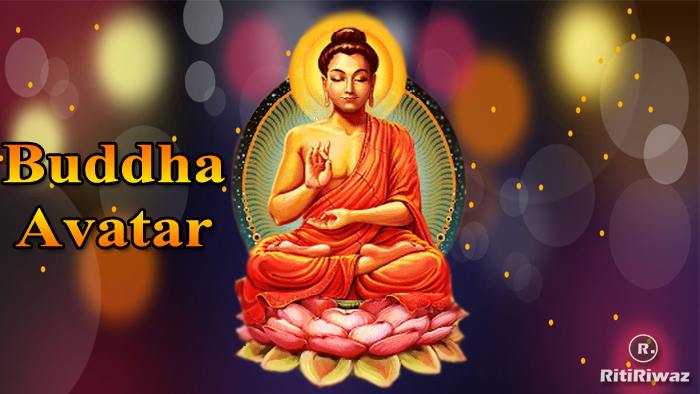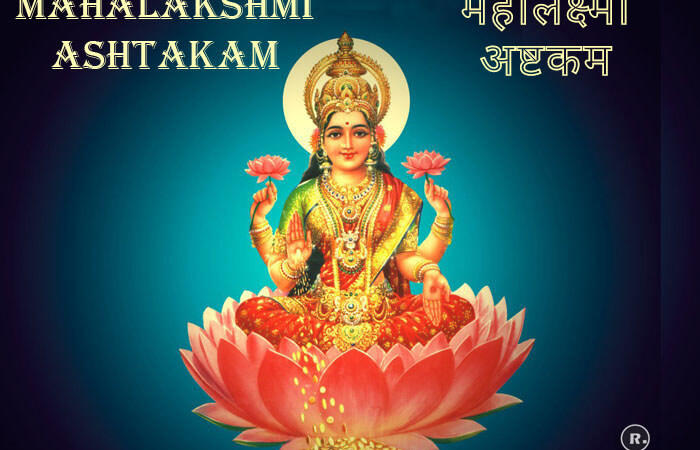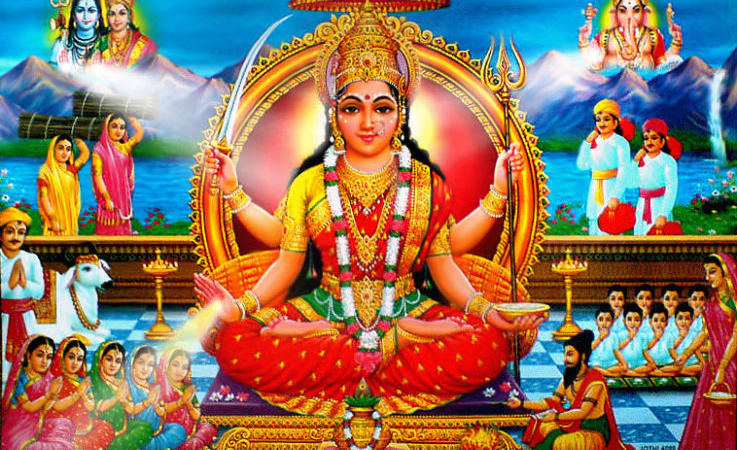Lord Buddha – The founder of Buddhism

Some people regard Gautama Buddha as the ninth avatar of Lord Vishnu, others say Balarama who was the elder brother of Krishna was the ninth avatar. There is a controversy regarding the ninth avatar of Lord Vishnu. Balarama is the Avatar of Shiva, he is considered as the reincarnation of Shesh-Nag who was the Ram’s Brother Laxman in his previous Birth.
In Srimad Bhagavatam, it is said.
tatah kalau sampravrtte
sammohaya sura-dvisam
buddho namnanjana-sutah
kikatesu bhavisyati
Translation: “Then, at the beginning of Kali-yuga, the Lord will appear as Lord Buddha, the son of Anjana, in the province of Gaya, just for the purpose of deluding those who are envious of the faithful theist.”
There are conflicting and compromising views on whether the Srimad Bhagavatam text itself was doctored after Buddha’s period. The conflicting views on Buddha as the 9th Avatar in Dasavatara Puranam is understandable. After all, history has been written by more than one person and distortions and variations are inevitable.
According to Gita, when Arjuna asks Sri Krishna what forms he had manifested as since the beginning of Time, the latter gives a long list of beings..and finally says, and I paraphrase, “My glories are infinite and my forms numberless O Arjuna. But suffice to say whenever you see the best of anything, know it to be Me.”
In North India Buddha is considered as 9 avatars, and in South, India Balarama is generally considered the 8th avatar, and Krishna and Kalki become 9 and 10. But, Amar Chitra Katha’s Dashavatar book lists Krishna as 8, Buddha as 9, and Kalki as 10. Obviously, since it is a question of the most popular 10 avatars, the Dashavatar list is fairly variable. The truth is, the source of the famed Dashavatar talks about a million avatars, and no ten of them are important in any way in there.
Buddha is widely considered to be an avatar of the Kali Yuga because of his revolutionary thought process and how all of a sudden he was able to bring peace to many war-torn lands. Gautama Buddha was the founder of Buddhism, which became one of the four major religions of the world. The Buddhist Dasharatha Jataka represents Rama as a previous incarnation of the Buddha as a Bodhisattva and supreme Dharma King of great wisdom.
Buddhism took different forms in different countries. Some of them went against the main teachings of Buddhism such as non-violence, vegetarianism, ascetic life, etc, but in India, it has entered in to and become an integral part of our culture.
The Puranic tradition also highlights Buddha as Vishnu’s ninth incarnation. The sixteen chapters of the Agni Purana states that Vishnu incarnated as the son of Suddhodana under the name of Siddhartha later to be known as Buddha – the Enlightened One.
The historical Buddha is identified as Siddhartha. He was born in 563-483 B.C. as the prince of Kapilavastu today an area identified close to the Indo – Nepalese border. He was born as the son of Shakya Naresh Shuddhodhana of the Kshatriya clan. He was named Siddhartha. After his marriage, Gautam Buddha left the child Rahul and wife Yashodhara and went on the path of liberating the world from attachment and sorrow.
Prior to Buddha’s birth, Mayadevi had a dream that a white elephant entered her womb. At the time of the prince, birth astrologers predicted that he would renounce the world and would become a great spiritual teacher. Distressed by these predictions, King Suddhodana did everything in his power to keep Siddhartha totally engrossed in worldly activities. One day this young prince saw the distressing sights of an old man, a sick man, a corpse, and a monk. These sights made him reflect on life its pain and suffering.
In the dark of the night, he left the comforts of the palace to become a monk. For many years he wandered in vain. Then he sat to meditate under the Bodhi tree at Bodhgaya searching within himself for the meaning and purpose of life and finally gained Enlightenment. He gave his first sermon at Sarnath to five ascetics and it is known as The Turning of the Wheel of Law or Dharmachakrapravartana. He preached a middle path to attain Nirvana or salvation.
His message and teachings are extremely simple yet tremendously powerful. He preached that to break out of the cycle of life, death, and rebirth one must overcome ignorance by understanding the four noble truths:
1. Life is full of suffering.
2. Ignorance causes suffering, which is due to craving and illusion.
3. There is an end to this suffering and that state is known as Nirvana, the end of rebirth where the self is free from the ego and bondage to this material world.
4. The only way to achieve this state of Nirvana is through the eightfold path which consists of right views, right thinking, right living, right speech, right effort, right memory, right action, and right meditation.
The symbolic significance of Buddh avatar of Vishnu is that he is an embodiment of compassion. There are three avatars, which occur in every Dwapara and Kali Yuga. These three avatars are Vyasa, Buddha, and Kalki. All the remaining avatars occur once in the cycle. Among them are the work of Vyasa, the division of the Vedas, the compilation of Puranas, and the preservation of texts.
It is the work of Buddha, those in the society to do hypocrisy and animal violence, etc. in the name of religion, to dissuade men from such devilish estates from Sanatana by means of sermon, For example, an abscess is cut from the body and separated so that it cannot harm other organs. The purpose of Kalki is to destroy Buddhists, Jains, and Mlechchas and re-establish the pure Sanatan and change the system.






